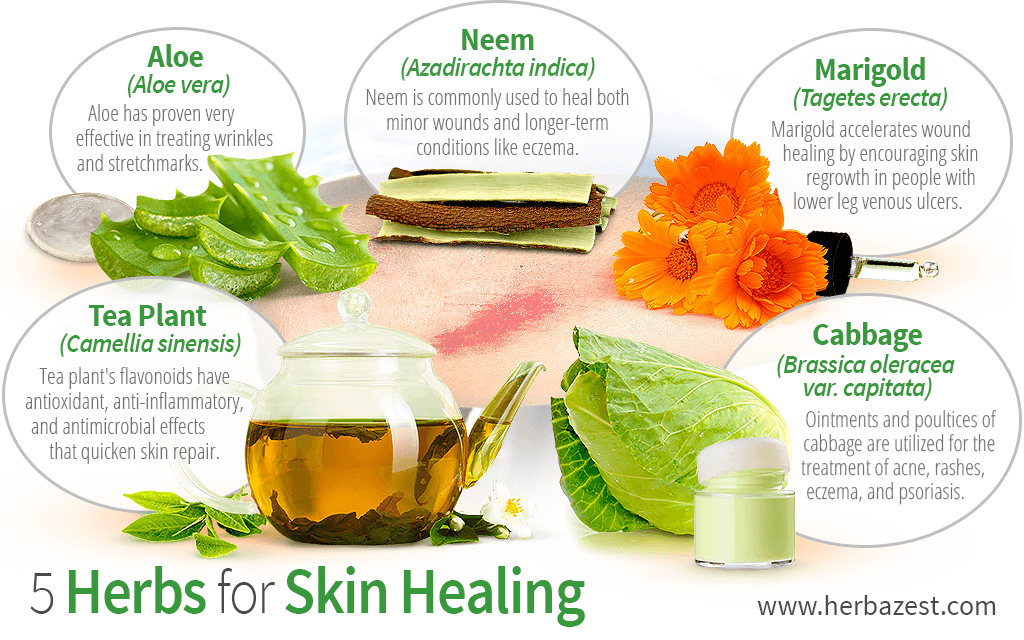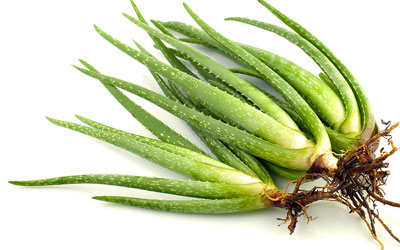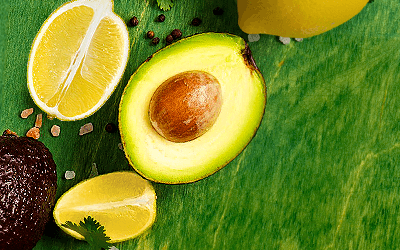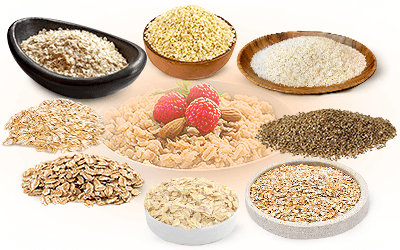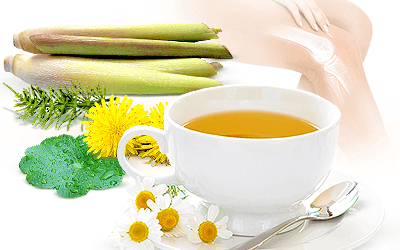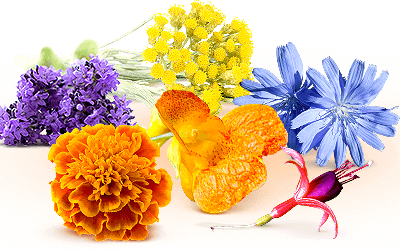Herbs contain a variety of phytochemicals, some of which have an immense potential in the management and treatment of skin problems and wounds. These natural agents have been shown to effectively induce healing and regeneration of damaged tissue. So, before grabbing any pharmaceutical creams, check out these five herbs that are useful for skin healing.
1. Tea Plant (Camellia sinensis)
The tea plant has been cultivated for over 4,000 years and is the source of white tea, green tea, black tea, oolong, and pu-erh. Although its soothingly aromatic taste has long been known, modern science has proven its effectiveness against a wide array of ailments, including skin problems.
Tea plant's flavonoids are mainly responsible for promoting wound healing. These phytoconstituents have antioxidant, anti-inflammatory, and antimicrobial effects that inhibit microbial growth and quicken skin repair by encouraging wound contraction and collagen formation.
A white, green, or black tea infusion can be applied topically over the clean affected area in order to obtain the healing benefits of the herb.
2. Marigold (Tagetes erecta)
Because of its beautiful flowers and hardy nature, marigold is grown worldwide and used for a variety of purposes. Scientific investigations on this herb have unveiled that it possesses certain compounds that are advantageous for human health, although some are yet to be fully understood.
It is believed that the most relevant compounds in marigold are flavonoids and terpenoids, which are found in the plant's flowers and leaves. One study found that marigold significantly accelerates wound healing by encouraging skin regrowth in people with lower leg venous ulcers.
Marigold remedies are not commonly found in herbalist stores; however, medicinal preparations of infusions, tinctures, and ointments can be made at home and applied topically.
3. Cabbage (Brassica oleracea var. capitata)
Traditionally used by the ancient Chinese for medicinal purposes, cabbage has swept its way around the world and into the homes of many for various occasions, from St. Patrick's Day to daily consumption.
Although green cabbage is eaten more often, red cabbage offers more nutritional benefits. Phytochemicals called anthocyanins give the vegetable its color and enhance wound healing by boosting production of cytokines, a type of protein that triggers a protective immune response.
Cabbage is prepared for consumption in a variety of ways, and it can be made into a variety of remedies as well. Ointments and poultices are utilized for the topical treatment of a myriad of skin issues, such as acne, rashes, eczema, and psoriasis.
4. Neem (Azadirachta indica)
Neem is an evergreen tree believed to be indigenous to Southeast Asia and is now widely cultivated in Africa and the Americas as well.
Because of its anti-inflammatory and antibacterial properties, neem is commonly used to heal both minor wounds and longer-term conditions like eczema. Nimbidin, one of neem's most important constituents, suppresses inflammation.
Neem shares the most of its health benefits in the form of medicinal preparations made from the leaves, bark, seeds, and flowers of the tree. While neem infusions are one of the most common ways to consume the plant, other concentrated forms - such as tincture, oil, and ointment - are widely used topically to soothe and heal skin ailments.
5. Aloe (Aloe vera)
Aloe's medicinal benefits for the skin continue to remain unparalleled to this day. The clear, inner pulp of aloe leaves has a gel-like texture and is used for treating skin ailments, from burns to internal and external inflammation.
Thanks to its acetylated mannan content, aloe speeds up cell regeneration. It improves blood circulation throughout the area and prevents cell death around the wound. Aloe has also proven very effective in treating wrinkles and stretchmarks. However, it is considered mildly effective in the treatment of cold sores, canker sores, bedsores, and diabetic ulcers.
The chemical compounds contained in these herbs are natural agents that induce the healing and regeneration of lost or damaged tissue. Next time you get a cut, a natural remedy may help you heal faster!
Sources
- Annals of Plastic Surgery, Anthocyanins from black soybean seed coat enhance wound healing, 2013
- International Journal of Pharmacy, Anti Bacterial Potential of Different Extracts of Tagetes Erecta Linn, 2012
- Online Veterinary Journal, Medicinal Plants and their Role in Wound Healing, 2008
- Oxidative Medicine and Cellular Longevity, Plant polyphenols as dietary antioxidants in human health and disease, 2009
- Pharmacognosy Review, Plants used to treat skin diseases, 2014
- The Basic Needs to Achieve Wound Healing, pp. 133-134
- Evidence-based Complementary and Alternative Medicine, The Effect of Camellia sinensis on Wound Healing Potential in an Animal Model, 2013 | Practices in Wound Healing Studies of Plants, 2011


